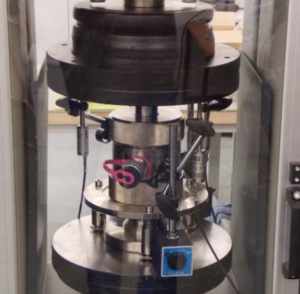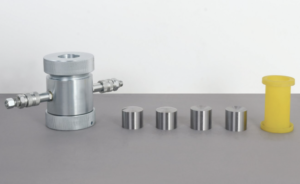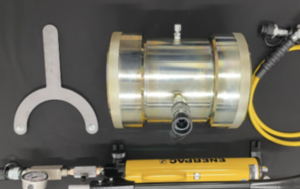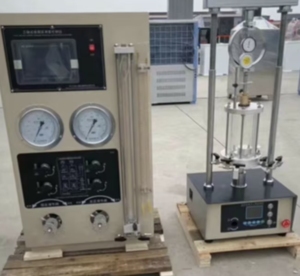What are Key Points in Multi-Field Geotechnical Triaxial Research?
Multi-field geotechnical triaxial research combines thermal, hydraulic, and mechanical influences to simulate real-world soil behavior under complex conditions. This approach provides deeper insights into soil performance, which in turn leads to improved design practices and more resilient infrastructure. Below are the key points in this research area.
Coupled Thermal Effects in Triaxial Testing
Temperature variations can significantly affect soil behavior. In multi-field tests, the influence of thermal effects is critical:
- Thermal Expansion and Contraction1: Soils expand or contract with temperature changes, altering stress distribution.
- Temperature-Dependent Fluid Properties2: Elevated temperatures modify water viscosity and permeability, impacting drainage and effective stress.
- Interaction with Mechanical Loads3: When combined with mechanical stress, thermal effects can lead to complex stress–strain behavior, especially in environments like geothermal areas or deep foundations in hot climates.
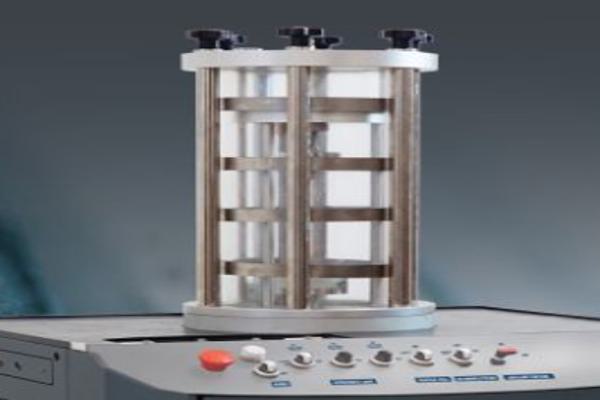
Pore Pressure Response Under Multi-Field Coupling
In multi-field testing, the pore pressure behavior becomes more intricate:
- Combined Hydraulic and Thermal Influences: Temperature shifts can change pore fluid behavior, affecting how pore pressures develop during loading.
- Dynamic Pore Pressure Evolution: Monitoring the evolution of pore pressure under simultaneous thermal and mechanical loading provides insights into consolidation and potential failure.
- Effective Stress Considerations: Accurate pore pressure measurements are crucial for calculating effective stresses, which dictate soil shear strength and stability.

Microstructural Observations and Material Heterogeneity
Soil is inherently heterogeneous, and its microstructure plays a pivotal role in its overall behavior:
- Material Variability4: Variations in particle size, mineral composition, and organic content can affect mechanical properties.
- Microscopic Analysis5: Techniques such as scanning electron microscopy (SEM) and X-ray diffraction (XRD) reveal changes in particle bonding and orientation under multi-field loading.
- Correlation with Macroscopic Behavior6: Microstructural insights help explain differences in stiffness, strength, and permeability, leading to more accurate predictive models.
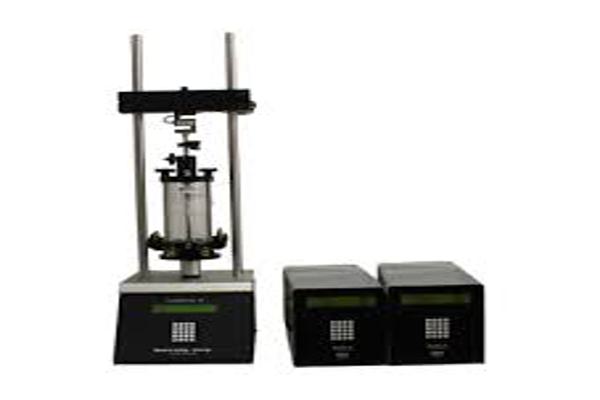
Practical Applications and Design Considerations
Multi-field triaxial testing data are vital for several practical engineering applications:
- Enhanced Numerical Models: Incorporating multi-field data improves predictions in finite element and other numerical models used in design.
- Design in Extreme Environments: Information from these tests is crucial for projects in high-temperature or high-stress conditions (e.g., geothermal installations, deep excavations).
- Risk Reduction: Better understanding of the coupled effects enables engineers to design safer structures by anticipating potential failure mechanisms.
- Optimization of Construction Practices: Tailoring compaction and stabilization techniques based on multi-field data can lead to more efficient and durable construction outcomes.
Table 1: Summary of Key Multi-Field Triaxial Test Considerations
| Aspect | Key Considerations | Engineering Impact |
|---|---|---|
| Thermal Effects | Expansion/contraction; temperature-dependent fluid properties | Alters effective stress and soil stiffness |
| Pore Pressure Response | Interaction of thermal and hydraulic behaviors; dynamic pressure evolution | Essential for accurate effective stress and shear strength |
| Microstructural Analysis | Particle heterogeneity, bonding, and orientation; use of SEM, XRD | Informs macro-scale behavior and enhances model calibration |
| Design Applications | Integration into numerical models; design for extreme environments | Directly informs safer, more efficient engineering solutions |
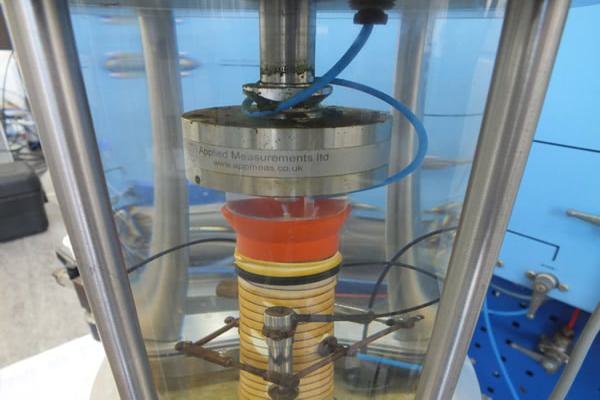
Conclusion
Multi-field geotechnical triaxial research7 enhances our understanding of soil behavior8 by integrating thermal, hydraulic, and mechanical influences. By analyzing coupled thermal effects, dynamic pore pressure responses, and microstructural heterogeneity, engineers can develop more robust design models and mitigate risks in challenging environments. This comprehensive approach ultimately contributes to safer and more innovative geotechnical engineering practices.
-
Understanding thermal expansion and contraction is crucial for predicting soil behavior under temperature changes, especially in engineering applications. ↩
-
Exploring temperature-dependent fluid properties can enhance your knowledge of soil mechanics and improve drainage solutions in engineering. ↩
-
Investigating the interaction with mechanical loads helps in understanding complex stress-strain behavior, vital for construction in challenging environments. ↩
-
Understanding material variability is crucial for predicting soil behavior and improving engineering practices. Explore this link for in-depth insights. ↩
-
Microscopic analysis techniques like SEM and XRD provide essential insights into soil microstructure, enhancing predictive modeling. Discover more here. ↩
-
Exploring the correlation between micro and macroscopic behavior can lead to better soil management and engineering solutions. Check this resource for details. ↩
-
Explore this link to understand how geotechnical triaxial research is crucial for innovative engineering solutions and risk mitigation. ↩
-
Discover insights on soil behavior and its impact on engineering design, essential for safe construction practices. ↩

